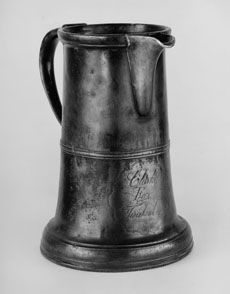Introduction to the history of public houses
Originally to serve travellers, the number of pubs and ale houses in the area swelled after the Beer House Act of 1830 and has declined since.

Gin was first imported, from the Netherlands, in 1689. Cheap enough to make it preferable to beer, annual consumption rose to 8 million gallons a year. The Gin Acts of 1736 and 1751 achieved, after rioting, control through excise duty so leading to the closure of many smaller premises. From 1760 to 1829 the number of public houses in Twickenham declined from 23 to 20 and only one new public house, The Prince Blucher, Twickenham Green, opened in 1815, and this by transfer of an existing license.
The Beer House Act of 1830 permitted anyone to brew and sell beer: over 30 beer houses were opened in Twickenham. Rising population and railways increased demand. The Wine & Beer house Act of 1869 exerted more control, so few licenses were granted between 1870 and 1900. From 1900 to 1914 many of the smaller beer houses were closed, with compensation and others rebuilt. Between 1918 and 1939 some houses closed, some transferring their licences to newly built areas. Road houses, such as The Winning Post and The Fountain were built alongside newly built roads. There was a further decline between 1945 and 1970. Recently the introduction of bars in town centres has caused further closures due to declining profits, resulting in demolition or conversion to other uses. Some, such as the Red Lion in Heath Road, have even been turned into convenience stores. Many now offer entertainment and improved catering, closer in that respect, to the inns of earlier times.




